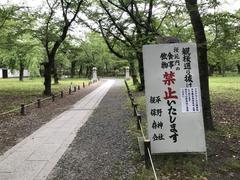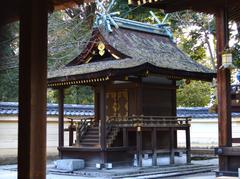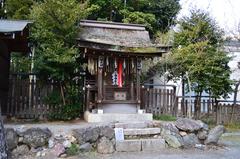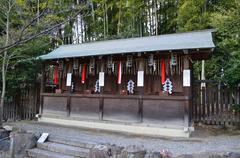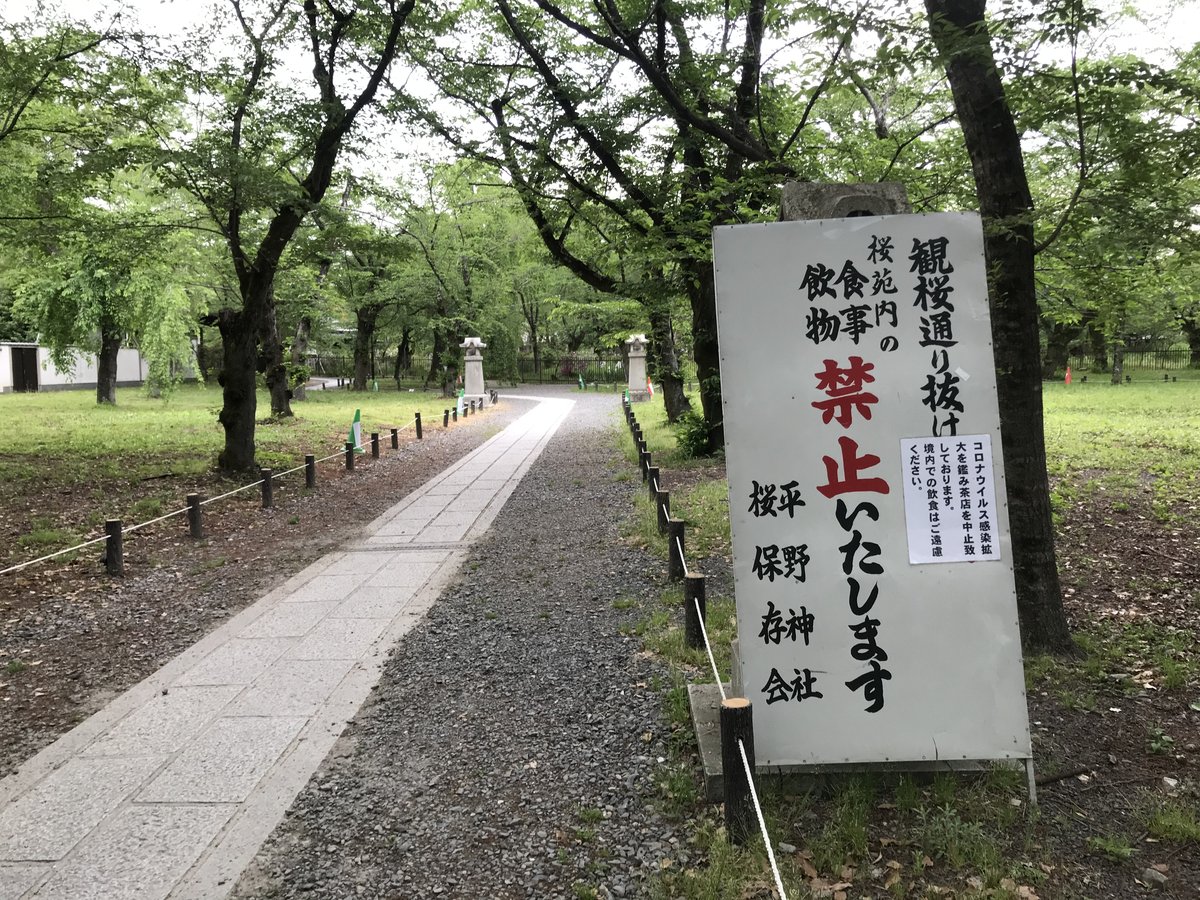
Hirano-Jinja Visiting Hours, Tickets, and Guide to Kyoto Historical Sites
Date: 14/06/2025
Introduction
Hirano-Jinja (平野神社), nestled in Kyoto’s historic Kita ward, is a living testament to Japan’s rich spiritual and cultural heritage. Established in 794 CE, concurrently with the founding of Heian-kyō (present-day Kyoto), this Shinto shrine has played a crucial role as a guardian for the imperial family and the broader community. Renowned for its unique Hirano-zukuri architecture and its centuries-old cherry blossom festival, Hirano-Jinja draws visitors for both its historical significance and its breathtaking natural beauty.
This guide provides an in-depth overview of Hirano-Jinja’s origins, religious and political importance, visitor information (including opening hours and ticketing), tips for enjoying seasonal events such as the Okasai Cherry Blossom Festival, and recommendations for nearby historical attractions. Whether you are a history enthusiast, a nature lover, or a cultural explorer, this article will help you plan a rewarding visit to one of Kyoto’s most treasured shrines (Wikipedia: Hirano Shrine; Kyoto-Kanko: Hirano Shrine; Japan Travel).
Table of Contents
- Foundation and Early History
- Imperial Patronage and Significance
- Architecture and Cultural Heritage
- Religious Functions and Enshrined Deities
- Cherry Blossom Festival and Seasonal Events
- Modern Era: Preservation and Challenges
- Location, Visiting Hours, and Accessibility
- Hanami Experience: Day and Night
- Practical Visitor Tips
- Nearby Attractions
- Frequently Asked Questions (FAQ)
- References
Foundation and Early History
Hirano-Jinja was established in 794 CE, coinciding with the relocation of Japan’s capital to Heian-kyō under Emperor Kanmu. Conceived as a key spiritual protector for the new capital, the shrine enshrined powerful kami (deities) and quickly became an integral part of imperial Kyoto’s religious landscape (Wikipedia: Hirano Shrine). Its status was officially recognized in the 10th-century Engishiki Jinmyocho as a Myojin Taisha, one of the highest shrine rankings, and it was included among the prestigious Twenty-Two Shrines (Nijūni-sha), specifically within the Upper Seven Shrines.
Imperial Patronage and Political Significance
The relationship between Hirano-Jinja and the imperial court deepened during the Heian period. In 965 CE, Emperor Murakami designated the shrine as one of the first sixteen to receive imperial messengers (heihaku), responsible for reporting significant national events. The shrine also enjoyed close connections with prominent samurai clans, notably the Genji (Minamoto) and Heiji (Taira), further enhancing its religious and political stature (Wikipedia: Hirano Shrine; Japan Insides).
Architecture and Cultural Heritage
Hirano-Jinja’s main complex is notable for its rare Hirano-zukuri (Hiyoku Kasuga-zukuri) style, featuring four interconnected sanctuaries within two buildings. These structures are designated Important Cultural Properties, exemplifying elegant simplicity and a harmonious relationship with nature (Kinabal). Other significant elements include:
- The worship hall (haiden), renowned for traditional nail-less woodworking
- Inner and south gates, and the Tsunashige Shrine, all recognized as cultural properties of Kyoto Prefecture
Stone lanterns, torii gates, and classic Shinto architectural motifs contribute to the shrine’s serene and historical atmosphere.
Religious Functions and Enshrined Deities
Hirano-Jinja enshrines four principal deities:
- Imakimitsuomikami: Ancestor of Takano-no-Niigasa, mother of Emperor Kanmu; associated with vitality
- Kudo-no-Okami: Protector of the hearth and household
- Furuhikari-no-Okami: Dispeller of evil and bringer of peace
- Hime-no-Okami: Linked to fertility, marriage, and family welfare (Kyoto-Kanko: Hirano Shrine; Kinabal)
The shrine is especially popular for prayers concerning children, matchmaking, and family well-being, reflecting its role as a source of blessings and protection.
Cherry Blossom Festival and Seasonal Events
Okasai (Cherry Blossom Festival)
Hirano-Jinja’s cherry blossom festival, known as Okasai, has been held annually since 985 CE. Initiated by Emperor Kazan, the festival features:
- Morning Ceremony: Honoring Emperor Kazan at his mausoleum
- Grand Procession: Participants in Heian-period costumes, Shinto priests, and mounted samurai parade through the neighborhood (Japan Travel)
The shrine’s 400+ cherry trees, representing over 50 varieties, make it a premier hanami (flower viewing) site. Nighttime illuminations (yozakura) from late March through early April create a magical atmosphere (leafkyoto.net).
Modern Era: Preservation and Challenges
From 1871 to 1946, Hirano-Jinja held the prestigious Kanpei-taisha rank, the highest for government-supported shrines. It is now classified as a Beppyo shrine under the Association of Shinto Shrines. The shrine’s double cherry blossom (Yaezakura) emblem reflects its deep connection to Kyoto’s natural and cultural heritage.
Recent challenges, such as Typhoon Jebi in 2018, have damaged parts of the shrine and its trees, but restoration efforts are ongoing, demonstrating the community’s commitment to preservation (Wikipedia: Hirano Shrine).
Location, Visiting Hours, and Accessibility
Address: 1 Hirano Miyamoto-chō, Kita-ku, Kyoto, Japan
Getting There:
- By Bus: From Kyoto Station, take city bus routes 50, 205, 206, or 6 to Kinugasako-mae. The shrine is a short walk from the bus stop (teachtranslatetravelrepeat.com).
- By Train: 7-minute walk from Kitano-Hakubaicho Station on the Keifuku Electric Railway.
Visiting Hours:
- Shrine grounds: 6:00 AM – 5:00 PM (extended to 9:00 PM during cherry blossom illumination)
- Amulet and fortune slip sales: 9:00 AM – 5:00 PM
- Prayer requests: 9:00 AM – 3:00 PM
Admission:
- Entry to the main grounds is free year-round.
- During cherry blossom season, access to the inner garden requires a ¥500 fee (travelcaffeine.com; leafkyoto.net).
Accessibility:
- The shrine is wheelchair accessible, with paved and mostly flat paths, but some garden areas may be uneven or muddy after rain. Restrooms and a small visitor center are available.
Hanami Experience: Day and Night
- Daytime Hanami: Stroll beneath a canopy of diverse cherry trees, with peak bloom typically from late March to mid-April (kinabal.co.jp).
- Nighttime Illumination (Yozakura): From late March to mid-April, the illuminated blossoms create a magical setting, with the shrine open until 9:00 PM (travelcaffeine.com).
Tips: Arrive early or visit on weekdays for a quieter experience. Photography is encouraged in outdoor areas, but tripods may be restricted during busy times.
Practical Visitor Tips
- Best Viewing: Early morning or late evening for fewer crowds and beautiful lighting.
- Etiquette: Keep noise levels low, respect shrine rituals, and dispose of trash properly. Picnicking is allowed in designated hanami areas but not directly in front of the main sanctuary.
- Cash: Many vendors and garden admission require cash.
- Weather: April weather can be unpredictable; bring an umbrella or raincoat (magical-trip.com).
- Language: Limited English signage—translation apps may be helpful.
Nearby Attractions
- Kitano Tenmangu Shrine: Famous for plum blossoms and the Tenjin-san flea market; a 3-minute walk from Hirano-Jinja (en.kyotokk.com).
- Kinkaku-ji (Golden Pavilion): Iconic Zen temple, 10-minute walk.
- Daihoonji (Senbon Shaka-do): Notable for ancient wooden architecture, 7-minute walk.
- Suggested Itinerary: Combine Hirano-Jinja with nearby sites for a rich half-day tour of northwest Kyoto.
Frequently Asked Questions (FAQ)
Q: What are Hirano-Jinja’s visiting hours?
A: Shrine grounds are open from 6:00 AM to 5:00 PM, extended to 9:00 PM during cherry blossom illumination.
Q: Is there an entrance fee?
A: Entry to the main grounds is free. A ¥500 fee applies for the inner garden during cherry blossom season.
Q: Is the shrine accessible for people with disabilities?
A: Most areas are wheelchair accessible, with paved paths and ramps. Some garden paths may be less accessible after rain.
Q: Can I take photographs?
A: Photography is permitted outdoors but not inside the main sanctuary or during religious ceremonies.
Q: Are guided tours available?
A: Occasionally, especially during festival periods. Check the official website or local tourism offices for details.
References
- Wikipedia: Hirano Shrine
- Kyoto-Kanko: Hirano Shrine
- Japan Travel
- Kinabal
- Leaf Kyoto
- Teach Translate Travel Repeat
- Travel Caffeine
- Magical Trip - Kyoto Events
- en.kyotokk.com
Conclusion
Hirano-Jinja stands as a vibrant emblem of Kyoto’s enduring cultural and spiritual legacy. From its founding as an imperial guardian shrine to its present-day role as a celebrated hanami destination, the shrine offers visitors a unique blend of history, architecture, and seasonal beauty. With accessible grounds, free admission (except for the inner garden during sakura season), and proximity to landmark sites like Kinkaku-ji and Kitano Tenmangu, Hirano-Jinja is a must-visit for anyone exploring Kyoto.
For real-time updates on events and bloom forecasts, visit official tourism websites or download the Audiala app. Experience the serenity and timeless traditions of Hirano-Jinja—a jewel in Kyoto’s crown of historical sites.
